Women struggle with several things during their period. The bleeding, bloatedness, fatigue, mood tenderness, severe pains, mood swings, abdominal cramps, unending cravings, and many more put many women on edge during their period. Sadly, some people still get period acne.
In fact, according to a study, 65% of women report a worsening of their acne during PMS. You’d agree the last thing a woman going through so much pain during PMS is looking in the mirror and spotting a big red pimple. That could hugely impact the self-esteem of some women.
If you are struggling with this, it is not a death sentence. There are scientifically-backed ways to reduce the occurrence of period acne. However, before we talk about treatments, it is important to critically consider the science behind period acne. We will also consider the causes, types, and preventive measures. So, let’s get right to it.
What You Should Know About Period Acne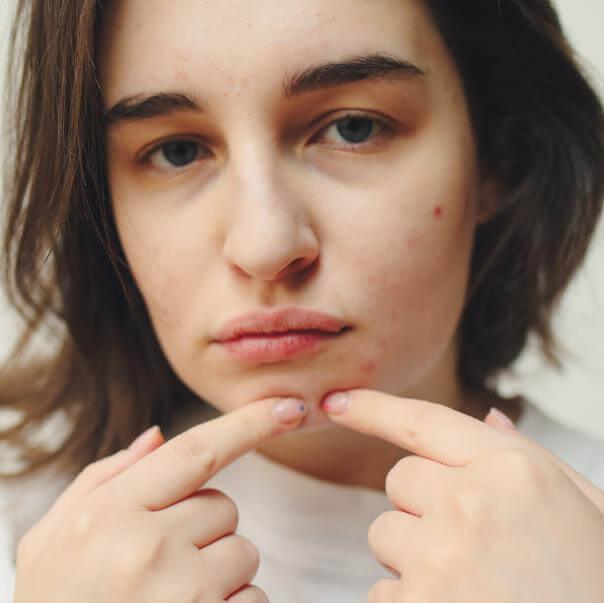
The menstrual cycle usually lasts about 28 days, and each day has different hormonal effects. In the first 14 days, the predominant hormone is estrogen, and the last 14 days are predominantly regulated by progesterone. Although at constant levels, the male hormone testosterone is also present before and during menstruation.
All of these hormones regulate different functions, organs, and processes in the body, and the fluctuations in levels during PMS affect women’s skin in several ways. For example, the increase in progesterone levels affects the production of sebum by the sebaceous glands. Sebum is a thick, oily substance that acts as a natural skin lubricant.
Ordinarily, sebum provides some sort of protective coating on the surface of the skin, thereby helping to hydrate the skin and keeping it free from any damaging pathogens. However, due to the increase in the production of sebum, the glands can get clogged with dirt or hair follicles, which could lead to the development of different skin conditions, including cystitic acne and pimples.
On a lighter note, increased sebum production can also result in a healthy skin glow for some women. This is why the skin of some women glows differently during PMS. This also happens during pregnancy in some women. However, that happens in just a handful of women. Most women present with acne and pimples as a result of the increased production of sebum.
In addition, hormonal imbalance in PMS may also result in skin inflammation and the production of acne-causing bacteria called Propionibacterium acnes . The increased oil production by the sebaceous glands provides a conducive environment for the bacteria to thrive. The thriving of P. acnes means danger for the skin, as it causes inflammation and serious breakouts.
Now, PMS is also associated with stress, which, according to research, might worsen the severity of acne. Sadly, unlike other symptoms of PMS, acne cannot go away after your period—at least, not immediately. It takes time and treatments to get rid of acne that results from hormonal imbalances. We will get to the treatments shortly.
Where Does Period Acne Occur?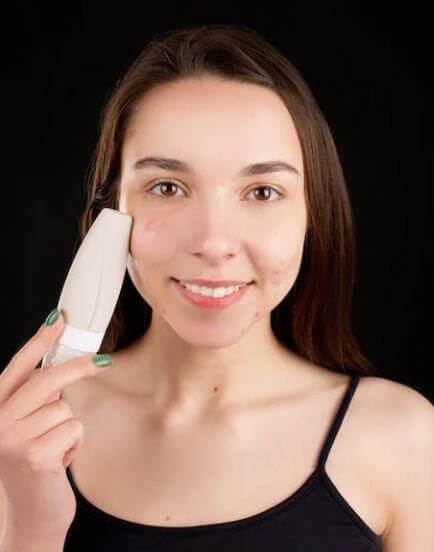
Period acne typically appears on your jaws and around your chin. If you have a deep, throbbing pain around these areas, it’s most likely PMS acne. Don’t be deceived by the small sizes of these cysts. They appear small on the surface but cause serious pain. Attempting to pop them is a bad idea, as that can result in more infection and breakouts.
In addition, PMS acne can appear around the vaginal area. However, not every lump you see or pain you feel around that area is PMS acne. Some have vulvar breakouts before their period. While the hormonal imbalance associated with PMS is one of the leading causes, menstrual pads, and other period products can also precipitate these lumps, due to their contact with the skin.
Again, don’t attempt to pop these lumps. In addition to the risks of further infections and breakouts, it can leave scars.
As said earlier, the lumps may appear smaller on the surface, but they can cause very excruciating pain. Hence, before we consider the different ways to reduce the occurrence and treat PMS acne, below are some ways to reduce the pain and soothe the breakouts.
How to Ameliorate the Pain
There are different ways to soothe the pain, however, popping the acne is not one. Instead, try the following;
- 10-15 minutes of warm press thrice daily may help reduce the pain and draw out the pus.
- Also, 5-10 minutes of cold press will reduce the swelling,
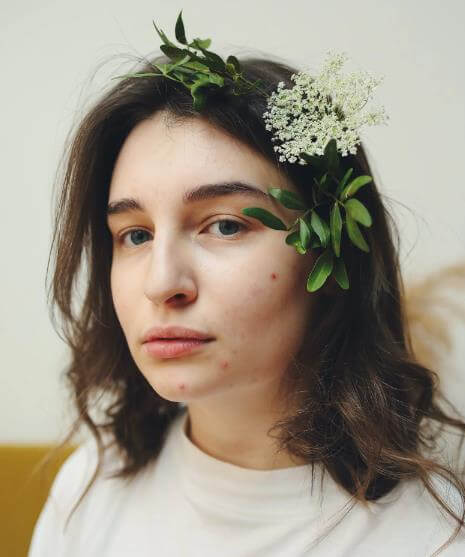
- To reduce the risk of any infections and speed up the healing process, benzoyl peroxide will be just perfect.
Note: During the cold and warm press, use only a clean towel. A clean towel prevents the skin from infecting with dirt and bacteria. A soft cloth will avoid irritation of the skin, which could worsen the acne.
Treatment Options for Period Acne.
There are both oral and topical medications that can be administered to effectively treat PMS acne. Let’s start with the oral medications.
Birth Control Pills
They are commonly known as oral contraceptives used for contraception. Although prevention of contraception is their main function, they can also be prescribed for different other purposes, including the treatment of period acne. Earlier, we established the relationship between hormonal imbalances and period acne.
In simple terms, birth control pills help to prevent and treat PMS acne by correcting the hormonal irregularities that come with PMS. Birth control pills carry out this function in different ways.
For one, birth control pills increase the level of estrogen in the body, which in turn decreases the level of testosterone in the body. This happens through the production of the protein called sex-hormone binding globulin (SHBG) in the blood. This SBHG is somewhat like a sponge that mops off testosterone in the blood, thereby decreasing the production of sebum by the sebaceous glands, and ultimately decreasing the risk of acne.
In addition, several women experience irregular menstrual cycles, especially the ones associated with polycystic ovary syndrome, PCOS. Not only can this results in hormonal imbalance, but the risk of acne is also more pronounced. Birth control pills can help correct irregular menstrual cycles, reduce fluctuations in hormone levels, and in turn, lessen the risk of breakouts associated with hormonal imbalances.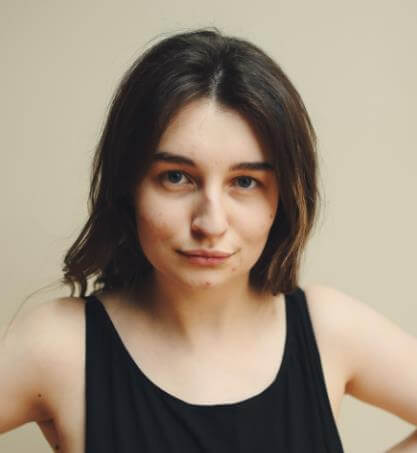
Furthermore, studies have shown that birth control pills can produce anti-inflammatory properties on the skin, and this can help reduce the swelling, redness, irritations, and pain associated with acne. This is perfect for lessening the severity and discomfort of period acne.
Spironolactone
Spironolactone is popular for its diuretic properties. However, Spironolactone also has anti-androgenic properties that can be used in the management of acne. Testosterone is one of the androgen hormones in the body, and we have already established the relationship between testosterone and sebum.
By inhibiting the androgen receptor in the body, spironolactone reduces the action of testosterone on the sebaceous gland, thereby decreasing the production of sebum and ultimately, the risk of acne.
Also, because of its anti-androgenic properties, spironolactone can correct hormonal imbalances associated with irregular menstrual cycles. This helps reduce oil production and improve the symptoms of period acne.
Note that there are many side effects, ranging from mild to severe, associated with these medications, especially spironolactone. Hence, ensure these drugs are only taken under the direct supervision of a physician. Healthcare professionals will carry out important and necessary tests and evaluate your condition before prescribing any prescription drugs.
Topical Medications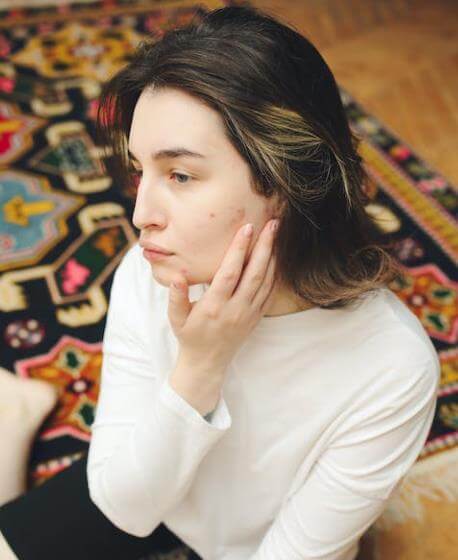
Topical medications are another type of pharmacological intervention that can be explored in the treatment of period acne. As the name implies, topical medications are applied directly to the affected area of the skin. There are several options to choose from. Below are a few:
❖ Benzoyl Peroxide
Benzoyl peroxide is one of the most prescribed topical medications for the treatment of acne. This cream has both antibacterial and anti-inflammatory effects that work to reduce the risk of any infection, redness, swelling, and pain.
Some common side effects associated with this cream include burning, tingling, dryness, etc.
❖ Salicylic Acid
Topical salicylic acid can also be applied to the acne-affected area on the skin. Thanks to its anti-inflammatory effects, this cream helps to improve acne symptoms by reducing swelling redness, and pain.
❖ Topical Retinoids
Produced from Vitamin A derivatives, this topical cream has anti-inflammatory properties that can help improve the symptoms of acne. However, because of its side effects, such as burning, dryness, itching, etc., it requires close monitoring by a health professional.
In addition to all of these pharmacological interventions, there are a couple of other things you can do to speed up the healing process of period acne. They include: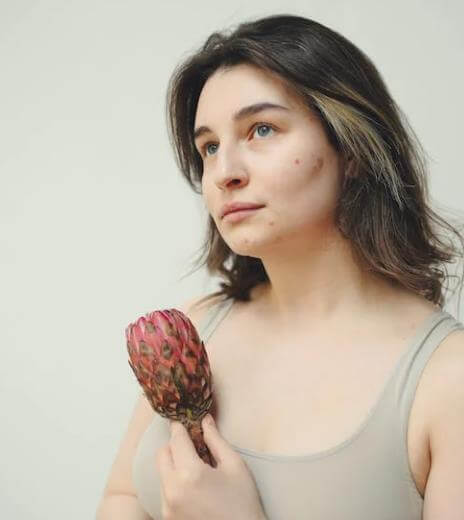
- While treating acne, avoid touching your face. This is very important. The bacteria and dirt your hands introduce to your face can worsen the acne.
- Also, you cannot stop using your phones, but you can clean them regularly to remove dirt before holding them against your chin and jawline. Remember, those places are the most vulnerable part to period acne. Hence, keep your phone clean at all times.
- If you visit the gym regularly, be mindful of where you train and the mats you place your face in. Preferably, you should cover the entire mat with a clean towel to prevent any risk of infection.
- Do you want to get rid of the acne quickly? Don’t smoke. Many studies have shown that smoking can worsen all types of acne.

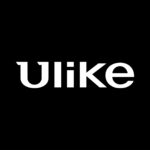 By myulikeadmin
By myulikeadmin



